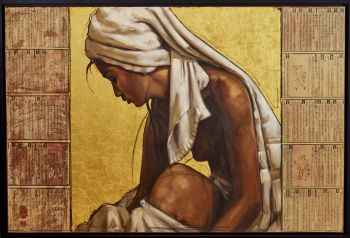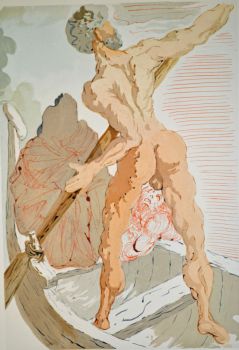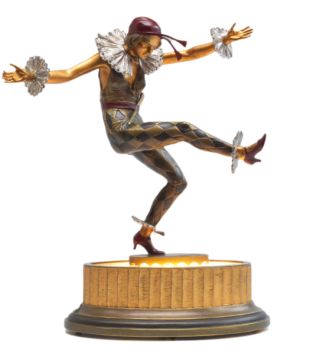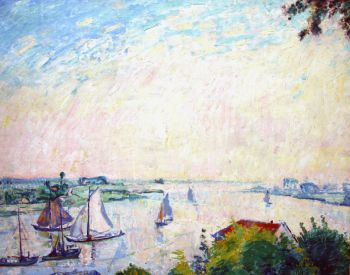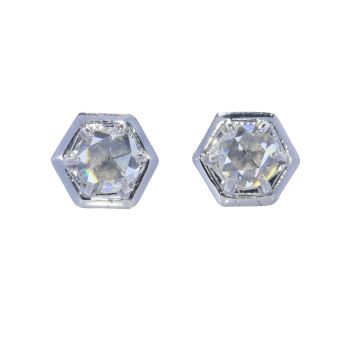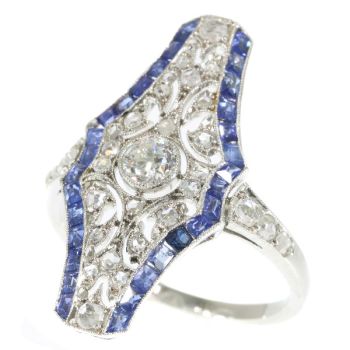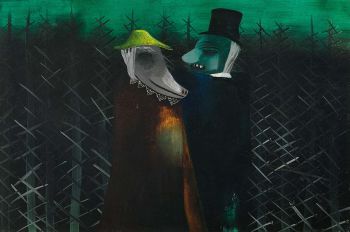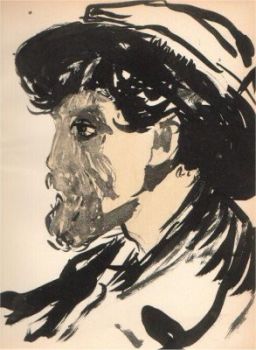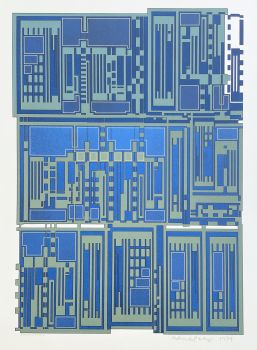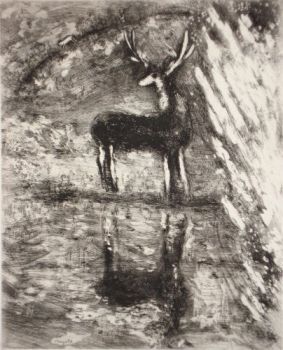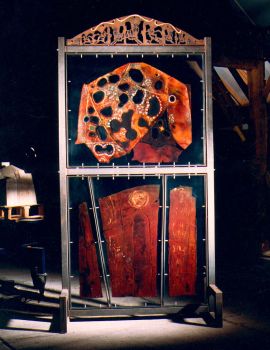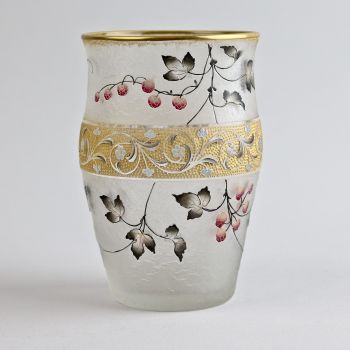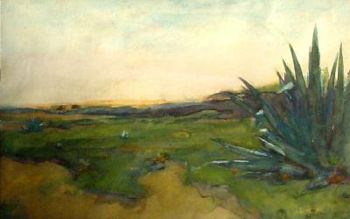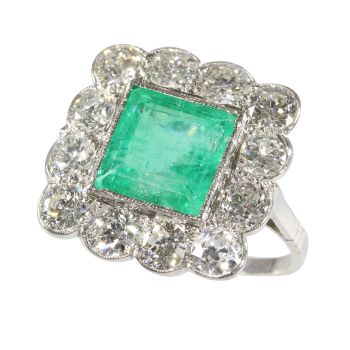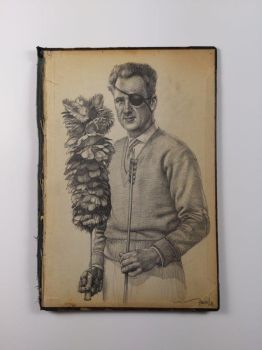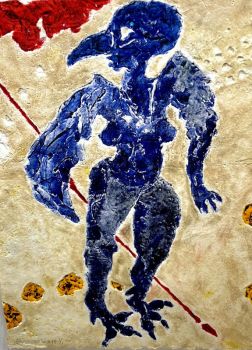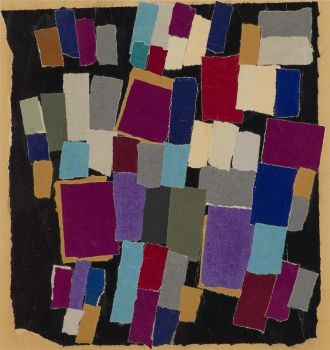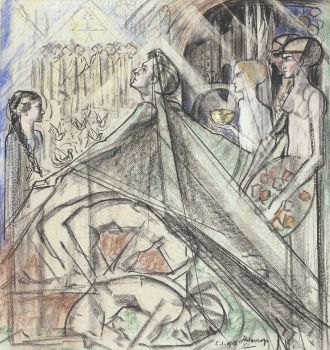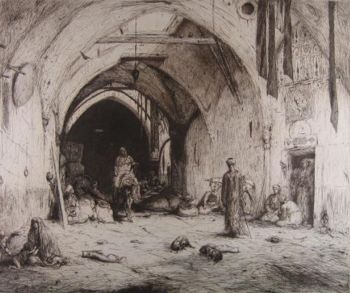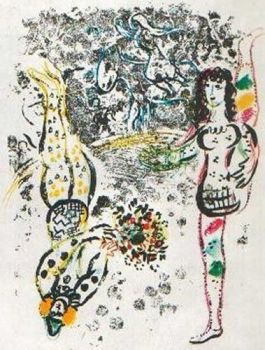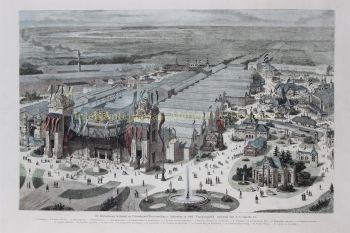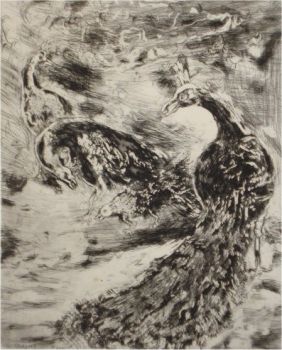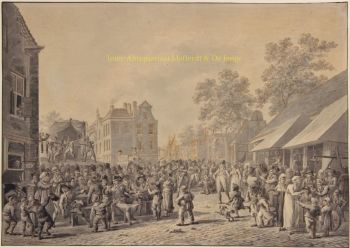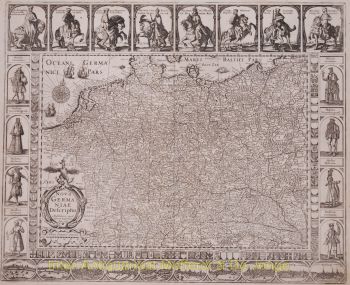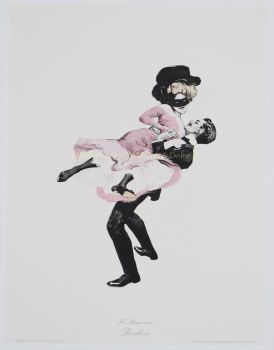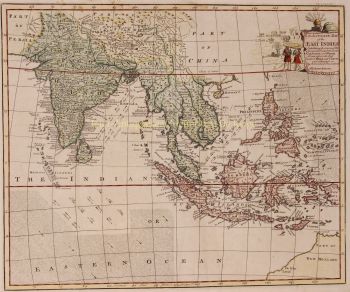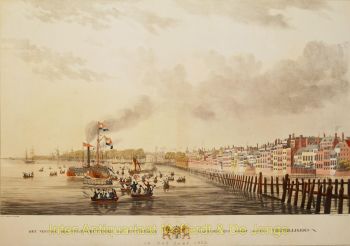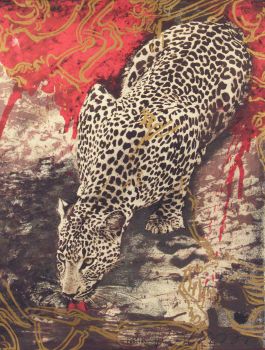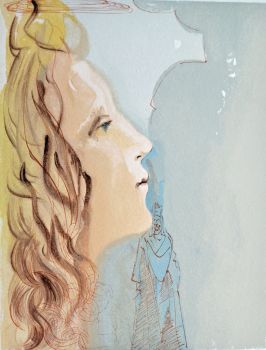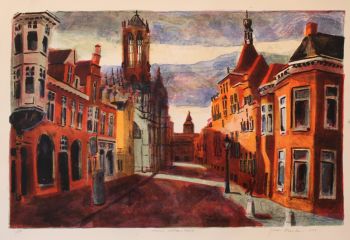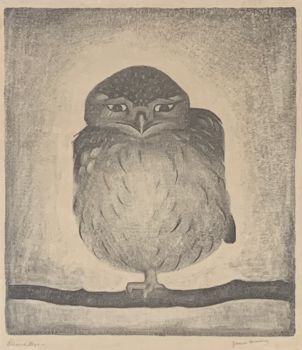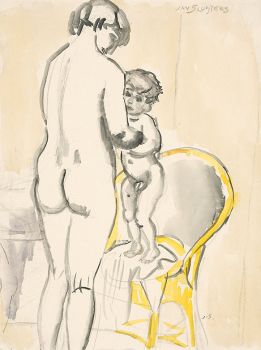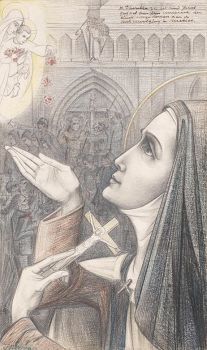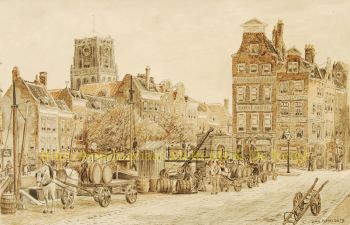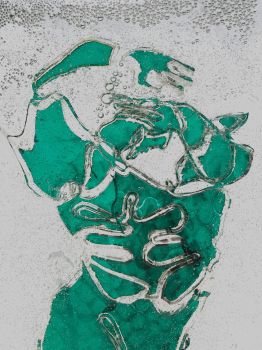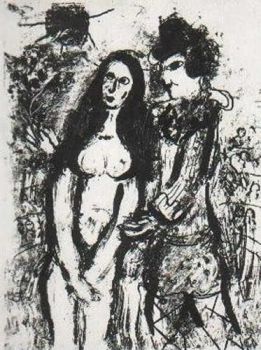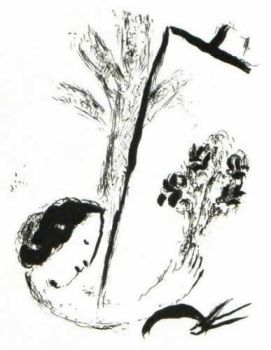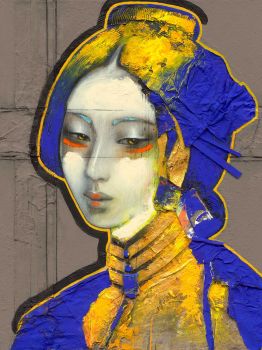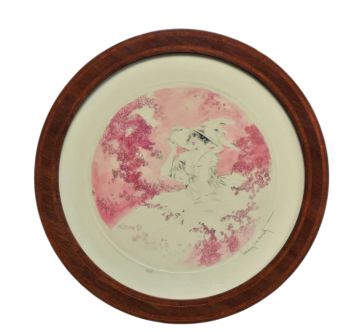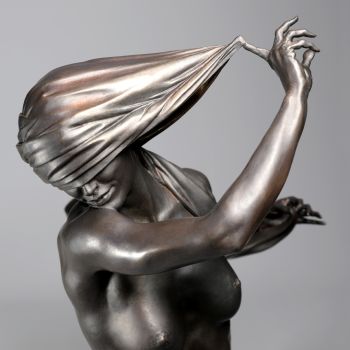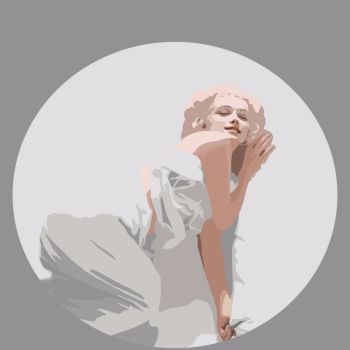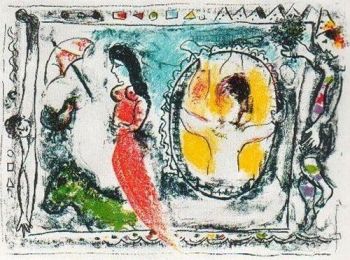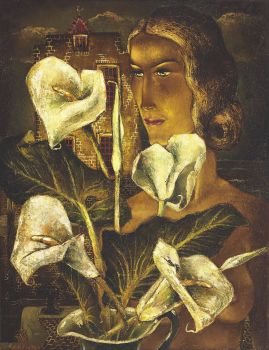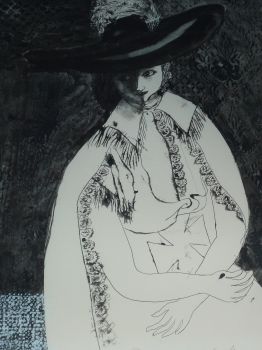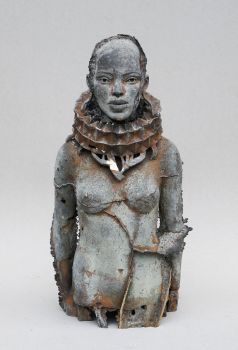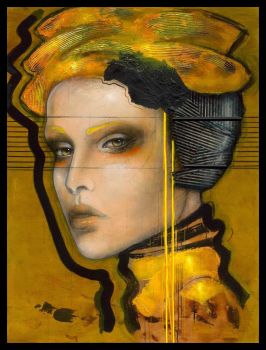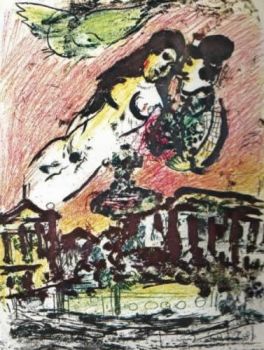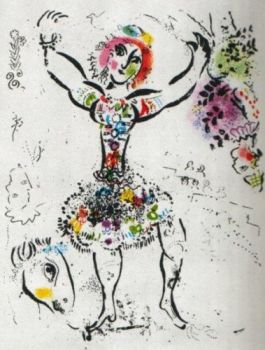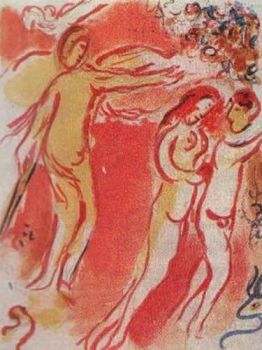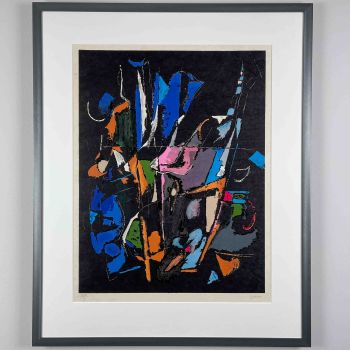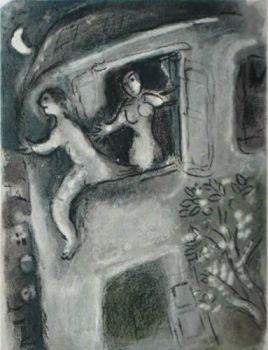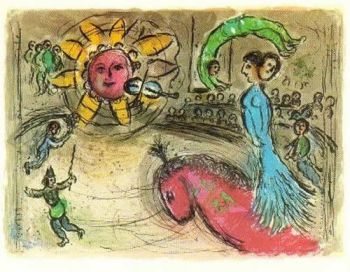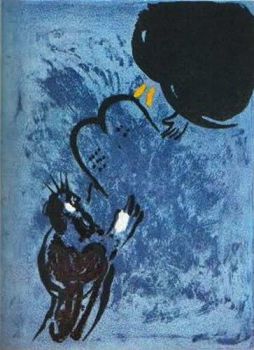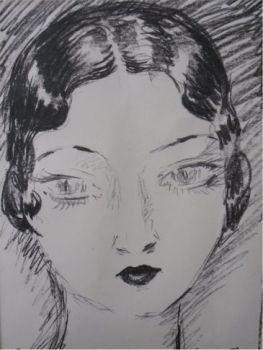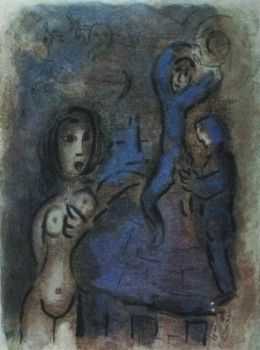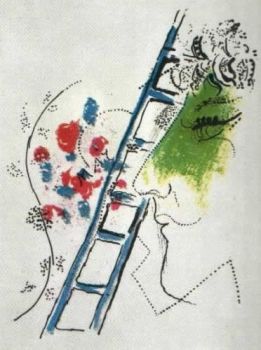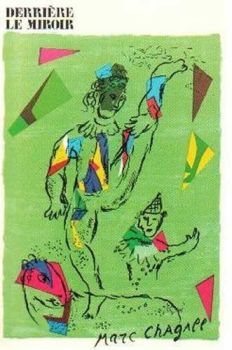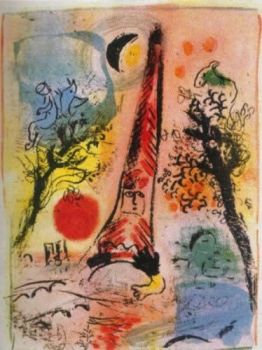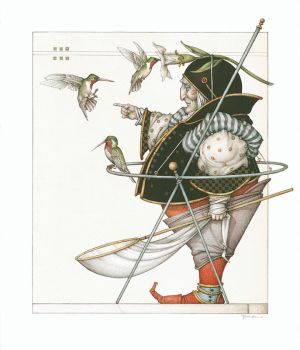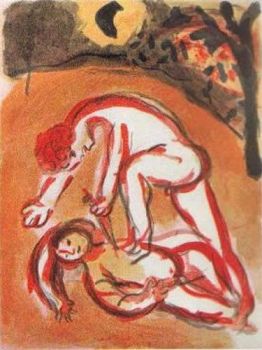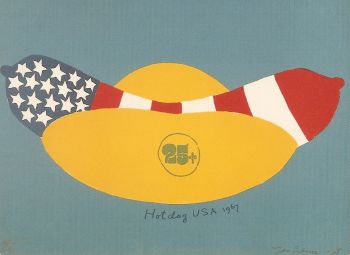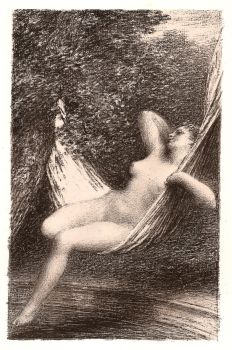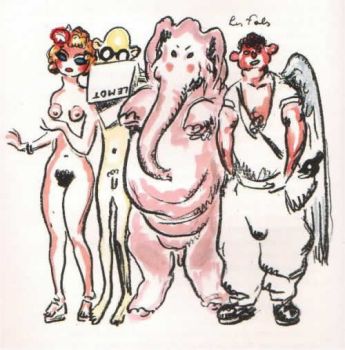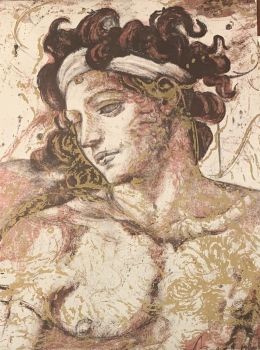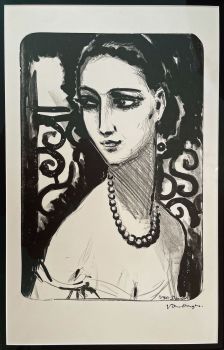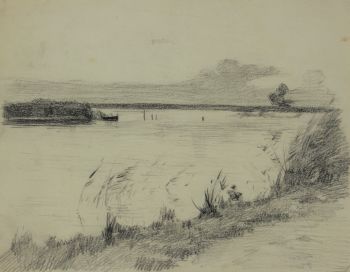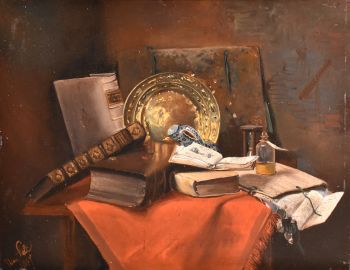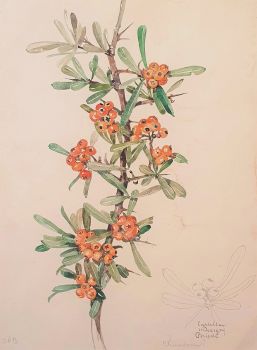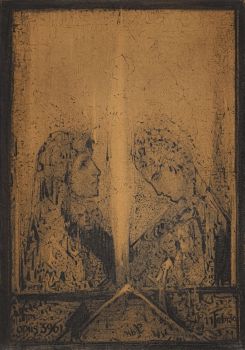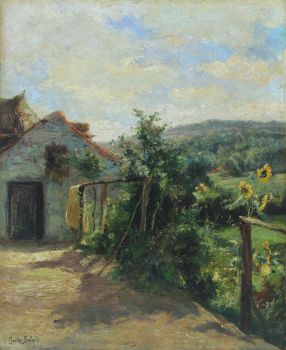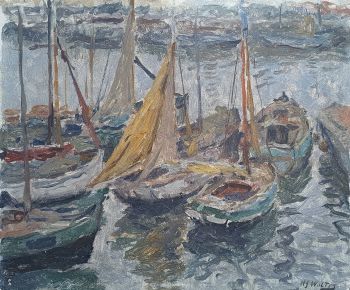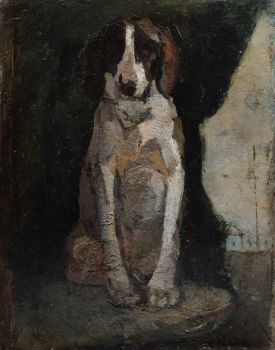Gants de Suède 1893
James McNeill Whistler
PapelLitografíaImpresión
25.30 ⨯ 14.50 cm
ConditionVery good
€ 800
Klooster Fine Art
- Sobre la obra de arte[EN]
James Abbott McNeill Whistler created Gants de Suède (suede gloves) for the English periodical The Studio. This monthly magazine was founded as an art publication. It focused on then-contemporary art and applied arts. In addition to the richly illustrated magazine, it was supplemented by a monthly auto-lithograph (a lithograph where the artist was directly involved in the process, as opposed to reproductive lithography).
For The Studio, Whistler re-created an earlier drawing he had made of his sister-in-law and secretary Ethel Birnie Philip. He employed his typical style of portraiture by portraying the woman in suggested full-length, but omitting to depict the hem of the dress and feet. Behind the woman, a deep shadow is suggested by broad hatching strokes with the lithographic pencil. Whistler shows his mastery as a draughtsman by contrasting the harsh shadows with barely legible markings to indicate volume in the dress.
The woman is dressed in fashionable clothing, and holds her suede gloves – which the work is named after. Gants de Suède was signed on the plate by Whistler’s butterfly monogram, and embossed with a blind stamp by The Studio on the lower-left corner.
On page 26 of the thirteenth edition of The Studio, the lithograph was mentioned: ‘The Lithographic Supplement issued with each copy of The Studio this month, is an hitherto unpublished drawing by Mr. James McNeill Whistler, entitled Gants de Suède. No copies will be sold separately and the edition is strictly limited.’
Besides the approximately 3000 The Studio proofs, a further 53 proofs were apparently printed, before the stone being erased. These additional prints do not carry the blind stamp.
The print is in good condition, aside from lightly toned paper, some minor stains and a superficial crease beyond the sight-edge.
[NL]
James Abbott McNeill Whistler maakte Gants de Suède (suède handschoenen) voor het Engelse tijdschrift The Studio. Dit maandblad was opgericht als een kunsttijdschrift dat zich richtte op eigentijdse kunst en kunstnijverheid. In aanvulling op het rijk-geïllustreerde blad, werd als supplement een maandelijkse auto-lithografie toegevoegd. Een auto-lithografie is een type waarbij de kunstenaar direct betrokken was bij het proces, in tegenstelling tot een reproductie-lithografie).
Voor The Studio bewerkte Whistler een tekening die hij eerder had gemaakt van zijn secretaresse en schoonzus Ethel Birnie Philip. Hij paste zijn kenmerkende stijl van portretteren toe, door de vrouw ten voeten uit te verbeelden, maar zonder de zoom van haar rok en voeten te verbeelden. Achter de vrouw is een diepe schaduw gesuggereerd met brede arceringen met het lithografisch potlood. Whistler toonde zijn vakmanschap door deze harde schaduwen af te zetten met de nauwelijks leesbare markeringen waarmee hij ruimtelijkheid in de jurk suggereerde.
De vrouw is modieus gekleed, en houdt de suède handschoenen vast waar de prent naar vernoemd is. Gants de Suède is gesigneerd op de steen door middel van Whistler’s vlindervormige monogram, en voorzien van een blinddruk van The Studio in de linker onderhoek.
Op pagina 26 van de dertiende editie van The Studio werd de lithografie besproken: ‘Het lithografische supplement dat deze maand bij elk exemplaar is uitgegeven, is een tot nu ongepubliceerde tekening door de heer James McNeill Whistler, getiteld Gants de Suède. Geen exemplaren worden afzonderlijk verkocht en de oplage is strikt gelimiteerd.’
Buiten de ongeveer 3000 drukken voor The Studio, werden er nog 53 exemplaren gedrukt voordat de lithografische steen gewist werd. Deze aanvullende drukken hebben geen blinddrukstempel.
De lithografie is in goede conditie. Buiten een lichte verkleuring aan het papier zijn er enkele kleine vlekjes en een oppervlakkige vouw buiten het beeldvlak. - Sobre el artistaJames Abbott McNeil Whistler (10 de julio de 1834 - 17 de julio de 1903) fue un artista nacido en Estados Unidos que vivió en Gran Bretaña y estuvo activo durante la Edad Dorada de Estados Unidos. Adverso al sentimentalismo y la alusión moral en la pintura, fue uno de los principales defensores del credo "Arte por el arte". Era famoso por su firma en forma de mariposa estilizada que poseía un aguijón largo por cola. La firma fue acertada ya que combinaba tanto el carácter público combativo de Whistler como la delicadeza sutil retratada en su trabajo. Whistler siempre estaba tratando de encontrar un paralelo entre la pintura y la música, lo que significaba un énfasis en la primacía de la armonía tonal en lo que llamó "arreglos", "armonías" y "nocturnos". A través de sus amistades y relaciones con muchos de los principales artistas y escritores de su tiempo, Whistler logró influir en el mundo más amplio de la cultura y el arte de su tiempo. Su pintura más famosa es "Arreglo en gris y negro No. 1" (1871), comúnmente conocida como La madre de Whistler, el venerado y frecuentemente parodiado retrato de la maternidad.
¿Está interesado en comprar esta obra de arte?
Artwork details
Categoría
Tema
Estilo
Material y Técnica
Colour
Related artworks
- 1 - 1 / 1
- 1 - 4 / 24
Jan Sluijters
Greet met Jantje, Moeder met kind, naakt op een stoel staand1900 - 1940
Precio a consultarStudio 2000 Art Gallery
1 - 4 / 24Artista Desconocido
Set of eight gouache drawings1799 - 1801
Precio a consultarRobert Schreuder Antiquair
1 - 4 / 24Marc Chagall
Adam et Eve Chasses du Paradis Terrestre1952 - 1980
Precio a consultarArthouse Marc Chagall
1 - 4 / 24- 1 - 4 / 12






